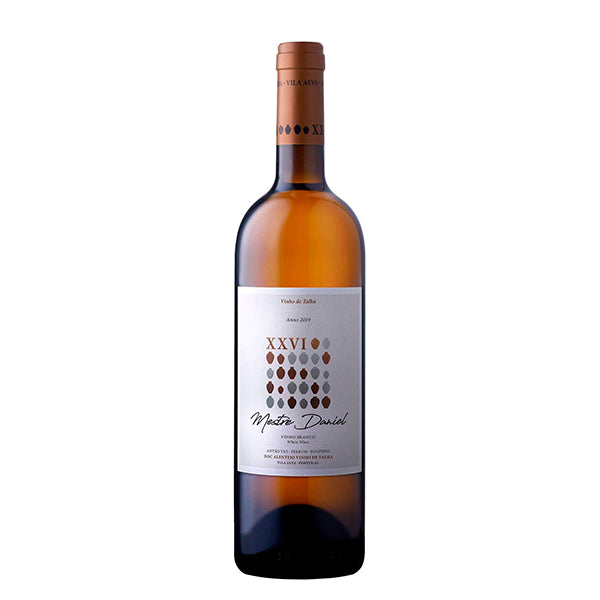What is an Orange Wine
Orange wines, often referred to on the international stage as "orange wines," are made from white grapes but using a red wine production method. This process involves leaving the grape skins in contact with the must for days, weeks, or even months, resulting in wines of remarkable complexity and structure. The skin maceration gives the wines a distinct color, ranging from deep yellow to amber, and a deeply enriched aromatic and taste profile.
Origin of Orange Wines
The production technique of orange wines in Georgia, a country with one of the oldest winemaking traditions in the world, is a fascinating testament to the depth and cultural richness associated with wine. Dating back over 5,000 years, this practice rooted in Georgian history is not just a winemaking form but an intrinsic element of the country's national identity.
At the heart of this ancient technique is the use of qvevris, large clay amphorae that are buried in the ground up to their necks. This unique method allows the wine to ferment and mature in direct contact with the grape skins and the wild yeasts present in the environment, without the intervention of modern technologies or chemical additives. This natural process not only bestows the wines with a distinct complexity and texture but also endows them with a characteristic amber color, often surprising to those accustomed only to conventional white wines.
Orange Wines in Portugal
In the Vinhos Verdes region, the practice of producing orange wines is seen as a return to roots and a tribute to ancestral wisdom. A notable example is the renowned winemaker Anselmo Mendes, who describes his Curtimenta wine as a direct reflection of ancestral winemaking techniques. According to Mendes, the process of curtimenta is not a novelty but a rediscovery of how the ancients made wine, allowing the grapes to reveal their purest and most complex essence.
In southern Portugal, the Alentejo preserves one of the country's oldest winemaking traditions, with the production of talha wines, a practice dating back to the Romans. This technique involves fermenting and maturing wine in large clay vessels, known as talhas, allowing for a type of prolonged maceration that can be considered a precursor to modern curtimenta methods.
The symbiosis between this ancestral tradition and the Portuguese vision of creating distinctive wines uniquely manifests in the production of white wines in Portugal. These wines, endowed with a more robust structure and a markedly gastronomic profile, move away from the rustic Georgian character, presenting themselves as more elegant and pleasing to the palate. This approach reflects a perfect balance between respect for millennia-old techniques and the relentless pursuit of innovation, characteristic of Portuguese viticulture, which continues to surprise and delight wine enthusiasts worldwide.
Curtimenta Anselmo Mendes
Anselmo Mendes, known as the Lord of Alvarinho, has studied the variety for over 30 years. Like a scientist in a laboratory, he analyzes the different expressions of the Monção and Melgaço variety.
From different soils, exposures, altitudes, to different stages, the Lord of Alvarinho studies the behavior of the variety in wood aging for over 30 years.
One of the results is Curtimenta, made with older grapes loaded with great freshness and good maturation to provide the necessary structure. It undergoes a short fermentation with skins before aging for 9 months on the lees with bâtonnage in French oak.
Providing a wine with a spicy aroma with already dry fruit such as hazelnut and almond, infinite acidity accompanied by a large volume in the mouth. A differentiated Alvarinho.
Few meals are as pleasurable to me as a Curtimenta with Portuguese Seafood Rice!







0 comments